Capacity building
The sixth international conference on DNA Barcoding just recently ended with wise words from Thomas Lovejoy, Dan Janzen and Paul Hebert: The species on our globe are going extinct faster than ever before and we have an urgent need to retrieve more knowledge of our biodiversity before it is gone for good.
The conference in Guelph, Canada was impressive in all sorts of ways and the scientific depth truly underlined the theme “Barcodes to biomes”. With more than 30 excellent invited speakers and 600 delegates from 60 countries, the meeting became an unparalleled academic success. Abstracts from all talks and posters have been peer-reviewed and published in the journal Genome.
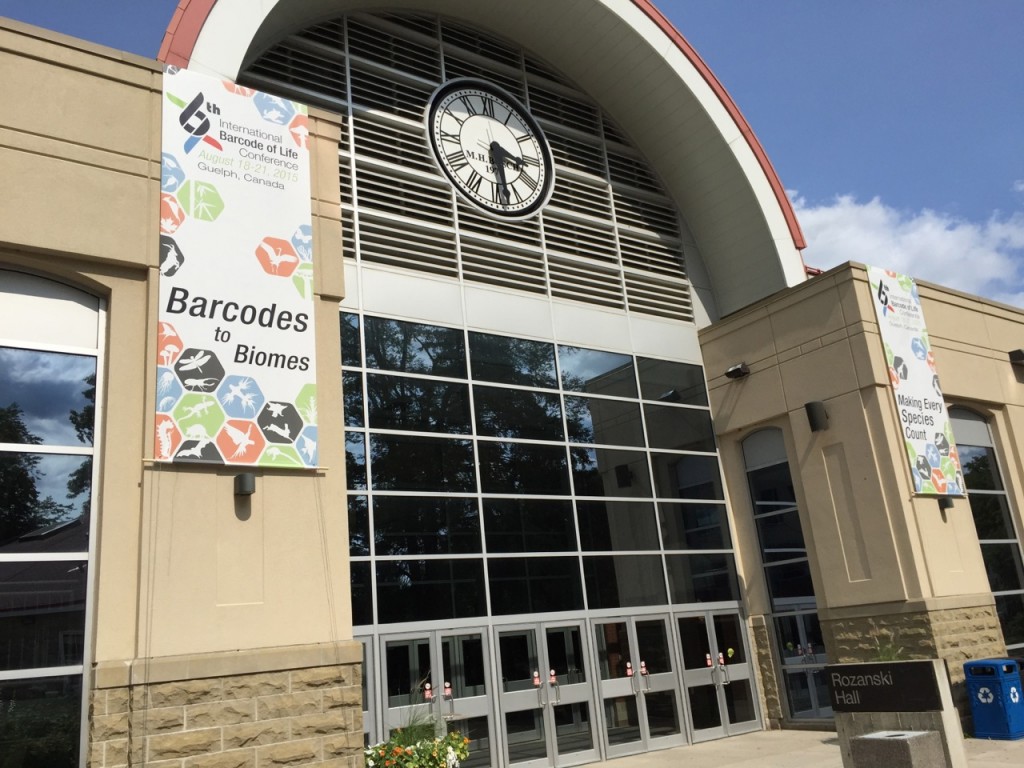 All oral presentations were held in the Rozanski Hall at the University of Guelph. Photo Torbjørn Ekrem (CC-BY).
All oral presentations were held in the Rozanski Hall at the University of Guelph. Photo Torbjørn Ekrem (CC-BY).
In addition to the academically strong profile, the organizers clearly had valued good social settings in the planning of the conference. Moreover, a few other special arrangements made this a memorable event: The group photo (or rather film) was shot with a drone, the conference had its own beer (that had been barcoded of course) and the talks of all invited speakers was streamed live on YouTube. Most impressive, however, was perhaps that the results from a bioblitz held in a nearby reserve the day before the conference were ready by the end of the meeting! The specimens have been barcoded and the results assembled in a paper with 120 authors already submitted to the Biodiversity Data Journal. If you think I am the only one that is impressed by the 6th International Barcode of Life Conference, check out tweets with the hashtag #dnabarcodes2015.
The meeting decided to establish the International Society for the Barcode of Life (ISBOL) and an interrim board will be established to work out the guidelines and tasks for the society. Two important areas will be the development of new standards for DNA barcoding as technology advances and support the organization of international conferences.
It will be difficult to exceed this year’s conference in scientific breadth and organization. Perhaps this was one the reasons why Prof. Michelle van der Bank from the University of Johannesburg suggested the Krüger National Park as venue for the next conference in 2017. A setting in one of the world’s most famous protected wildlife areas certainly should attract many participants!
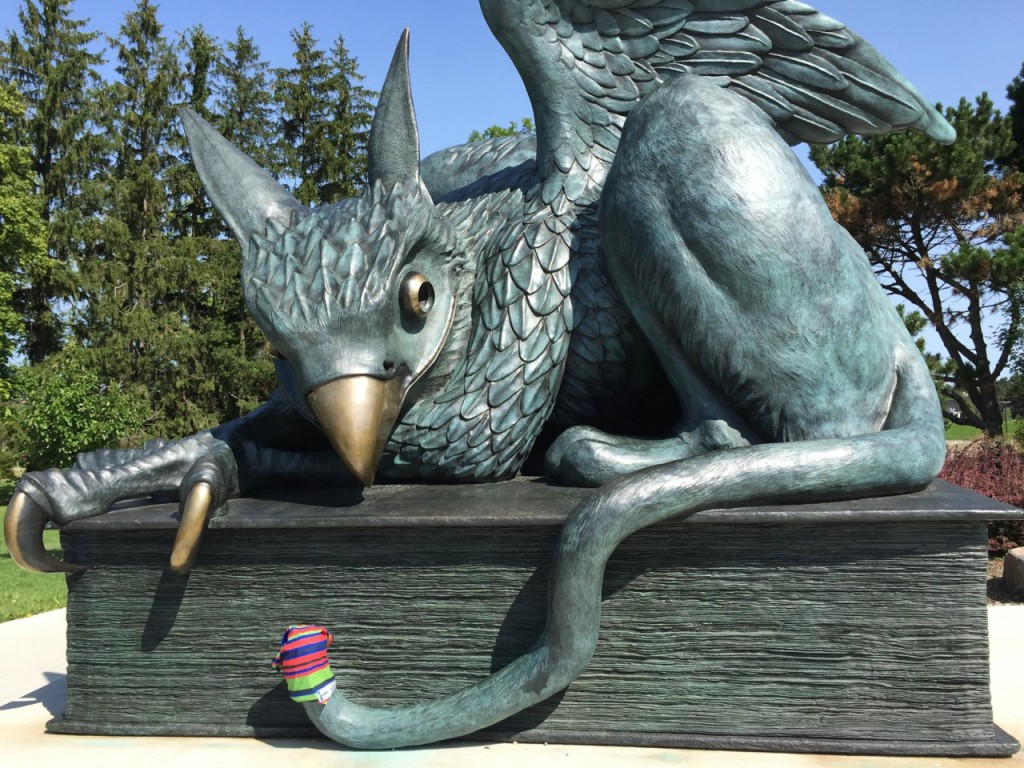 The University of Guelph gryphon bids #mydnabarcode farewell. Photo Torbjørn Ekrem (CC-BY).
The University of Guelph gryphon bids #mydnabarcode farewell. Photo Torbjørn Ekrem (CC-BY).

The Norwegian Biodiversity Information Centre and the Norwegian Barcode of Life Network (NorBOL) have the pleasure of inviting you to a symposium on Biodiversity and DNA barcoding in Trondheim November 11-12, 2015. The goal of this conference is to communicate new knowledge on Norwegian species and show how DNA barcoding contributes to our understanding of species diversity, biology and ecology. We think the symposium will be an attractive venue for researchers, student and managers of biodiversity and are pleased to have distinguished speakers from Canada, UK, Finland, Sweden and Norway. Among the confirmed participants are Paul Hebert, Sujeevan Ratnasingham, Natasha de Vere and Tomas Roslin. For more information on the conference, speakers and registration, please visit the symposium website: Biodiversity and DNA barcoding. Welcome!
The organizing committee
Ingrid Salvesen
Ingrid Ertshus Mathisen
Aina Mærk Aspaas
Torbjørn Ekrem
The Norwegian Barcode of Life initiative is now established as a national research infrastructure for DNA barcoding. As part of the project, four barcode managers were employed in the spring 2014. These enthusiastic persons each sit at one of the university museums in Bergen, Oslo, Tromsø and Trondheim and will be regional contacts, coordinators and support in the development of the barcode library of the Norwegian fauna, flora and fungi. We are very pleased to have such good candidates in these positions and look forward to close collaboration! Here are the NorBOL barcode managers:
Aina Mærk Aspaas
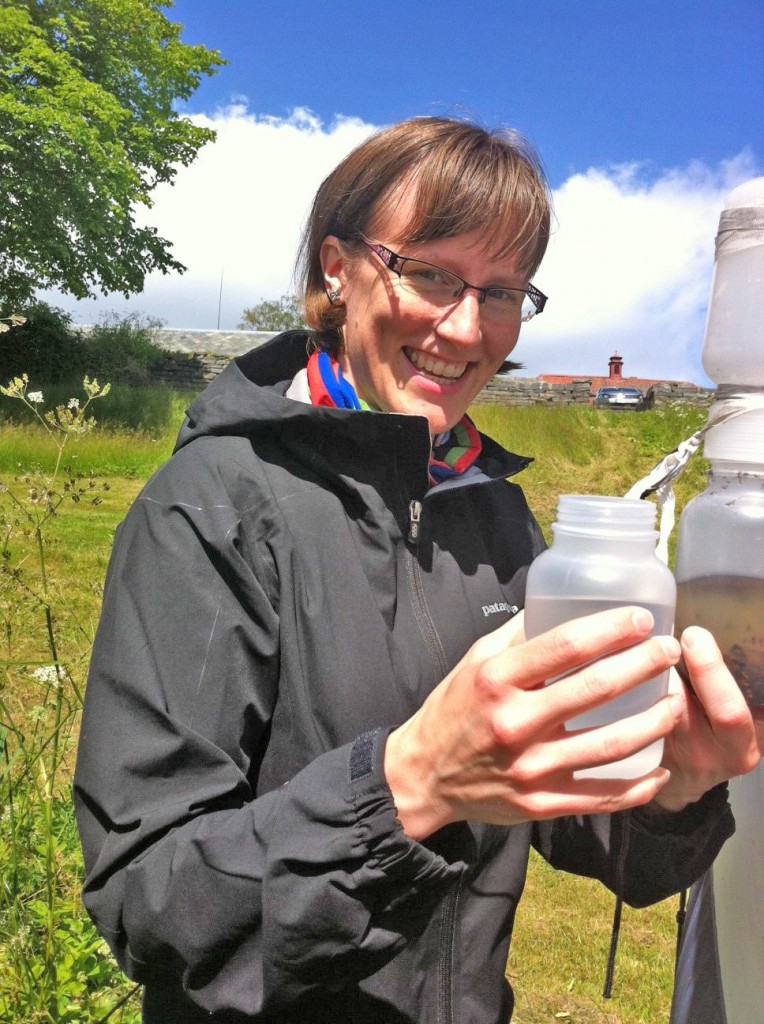
Aina has a background in freshwater ecology and has experience with molecular techniques in ecology and systematics. For her MSc-project she worked on benthic invertebrates in sub-alpine streams, focusing on mayflies, stoneflies and caddisflies. She has experience from various barcode projects and BOLD and has been supervising new users at the national workshops on DNA barcoding in 2013 and 2014. Aina will be the regional contact for Central Norway and coordinate the barcoding of freshwater invertebrates and bryophytes in Norway.
Marie Kristine Føreid
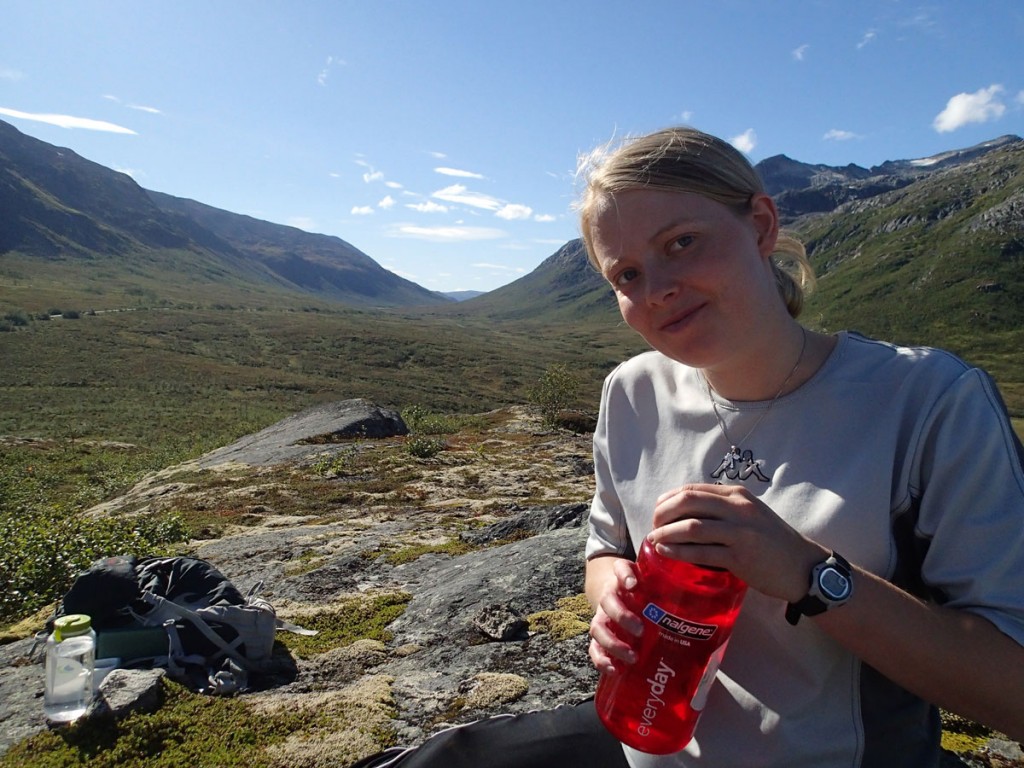
Marie is an ecologist who did her Bachelor at the University of Bergen and MSc at the University of Tromsø. Her Master-thesis «Regional phylogeography of a clonal salt marsh species, Puccinellia phryganodes (Poaceae), in Svalbard» was done in collaboration with the University Centre of Svalbard (UNIS). Marie has experience from field work in the Arctic and with AFLP-techniques and has worked on a Clean lab with ancient DNA and multiple extraction techniques. Marie will be the regional contact for northern Norway and in collaboration with Inger Alsos coordinate the barcoding of vascular plants and ascomycetes in Norway.
Katrine Kongshavn
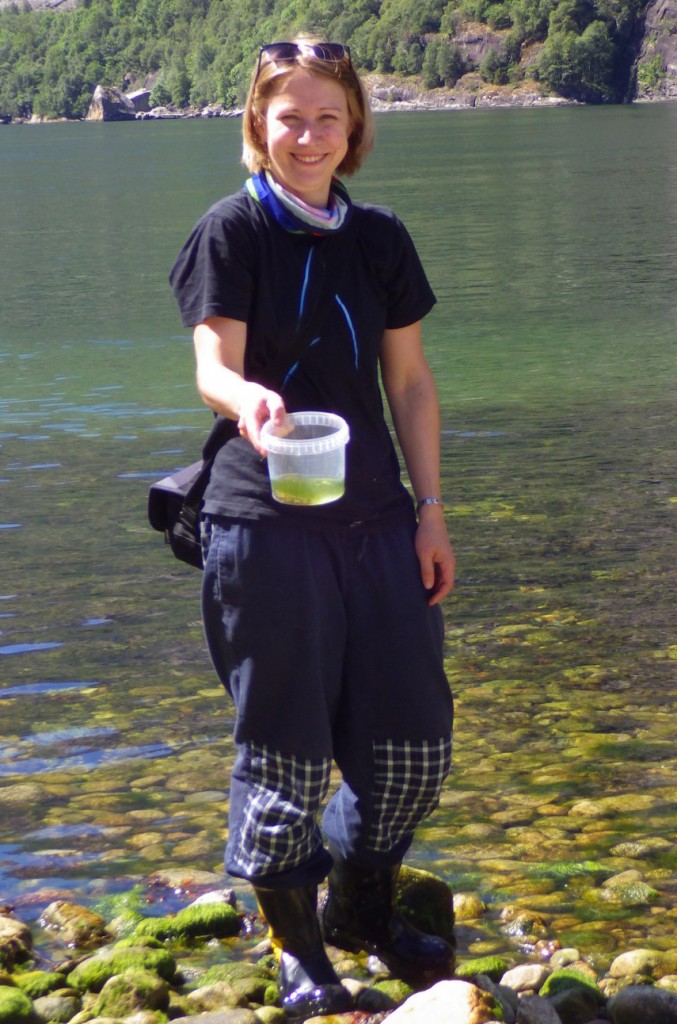
Katrine has worked at the invertebrate department at the University Museum of Bergen since 2009. She has a MSc in biodiversity, evolution and ecology and has been involved in various projects at the museum. Among these are curation of material from the MAREANO-project, african marine benthic invertebrates, Skagerrak and polychaetes from Norwegian waters. The barcoding of marine invertebrates and taxonomically related groups (e.g. terrestrial Annelida and Crustacea) will be coordinated from the University Museum in Bergen. The natural history collections have an active blog that also reports on NorBOL news: http://evertebrat.b.uib.no/
Gunnhild Martinsen
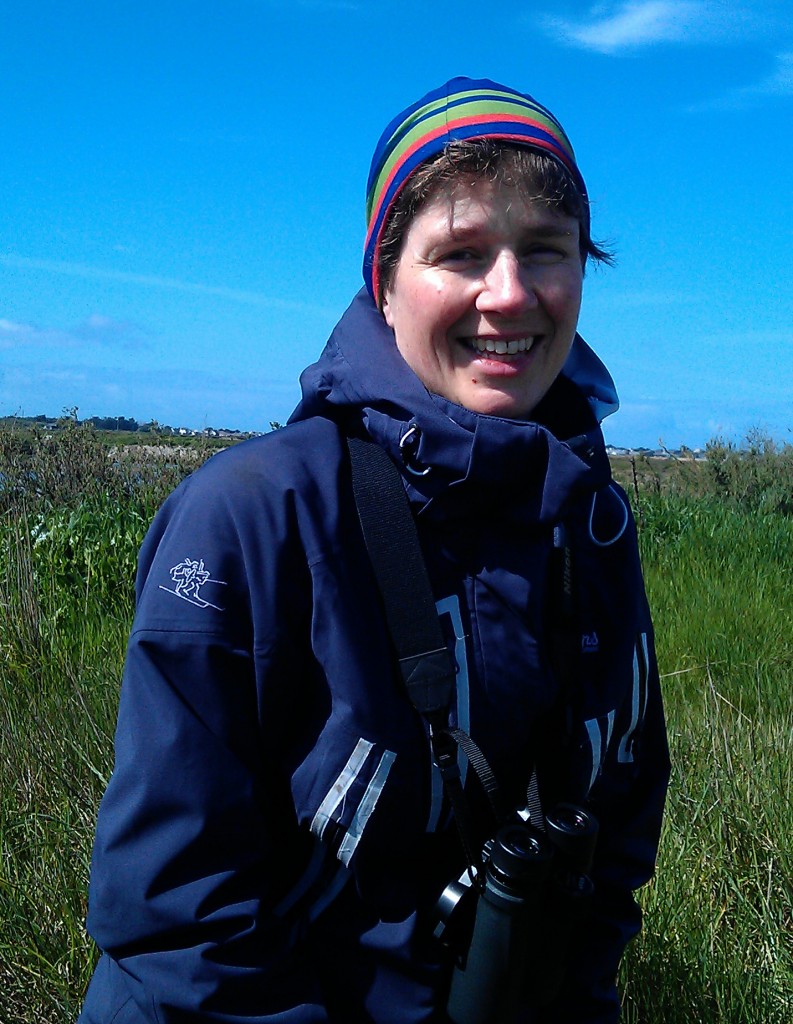
Gunnhild Marthinsen has a PhD in population genetics on birds from the University of Oslo (2007). She has since then worked as DNA-lab technician and DNA barcode coordinator at the Natural History Museum in Oslo. Gunnhild has broad experience in molecular genetic tools and has sequenced COI from many different animal groups. Her research interest has mainly been on speciation and speciation processes. As NorBOL barcode manager at the Natural History Museum in Oslo, Gunnhild will be coordinating DNA barcoding of terrestrial insects, bacidiomycetes. lichens and smaller groups on non-marine invertebrates. She will also be the regional contact for eastern and southern Norway.
The marvellous fungal season of 2014 in southern Norway provided a kick-start to the barcoding of Norwegian bacidiomycetes for the BOLD-library.
Barcoders from the Natural History Museum in Oslo were given the opportunity to join the annual meeting of the Norwegian mycological and useful plants association. The 120 participants shared their findings and their knowledge with us, and 405 species were collected for DNA barcoding at the meeting in Sørmarka, south of Oslo. We are very pleased with this result. Thanks you to all participants!
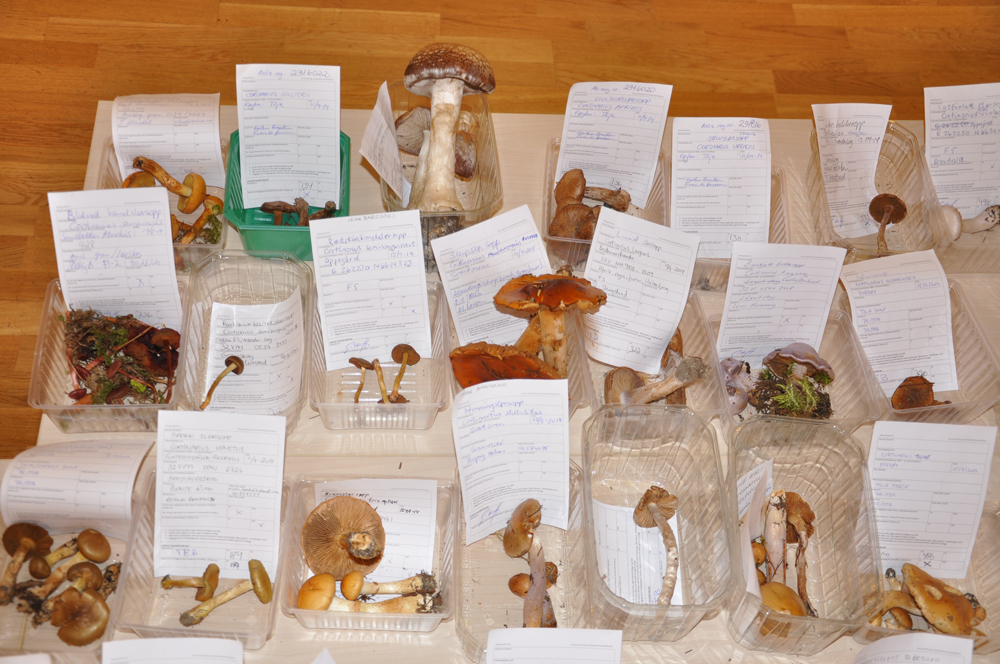
Text and photo: Gunnhild Marthinsen.
Staff from the two NorBOL-institutions NTNU University Museum and the University Museum of Bergen has over the last six months participated in the organization of three successful workshops on DNA barcoding. The workshops were held in Grahamstown (South Africa), Bergen (Norway) and at La Selva biological station (Costa Rica) in collaboration with partners from the South African Institute of Aquatic Biodiversity, University of Vigo and the Organization for Tropical Studies, respectively. The meetings were held as part of the project ”Capacity building in modern taxonomy as an instrument for knowledge transfer in IPBES” and partly funded by the Norwegian Environment Agency’s initiative on knowledge transfer for the UN Intergovernmental Platform on Biodiversity and Ecosystem Services (IPBES). The workshops contained lectures on the charactersistics and applied use of DNA barcode data and gave the participants hands-on experience with the creation and management of samples and DNA barcodes in the Barcode of Life Data Systems (BOLD). Lots of positive feedback was received during and after the workshops!
The workshop in Grahamstown took place at SAIAB with about 20 enthusiastic participants from all over South Africa in addition to the organizers. The main focus was on freshwater diversity.
The Bergen workshop was held at Espegrend marine biological station south of the city and gathered participants from Ghana, Nigeria, Ivory Coast, Mauritania, Spain, Portugal, Germany, Russia and Norway. Focus was on marine invertebrates collected over a large area along the coast of West Africa. Read more about this project on the blog available here:

The La Selva biological station north of San José hosted the workshop in Costa Rica. 18 participants from Costa Rica, Equador, Mexico, Norway, Panama Puerto Rico and USA, all working on aquatic insects, contributed to the success of this meeting. Here John H. Epler is identifying chironomids from Costa Rica:
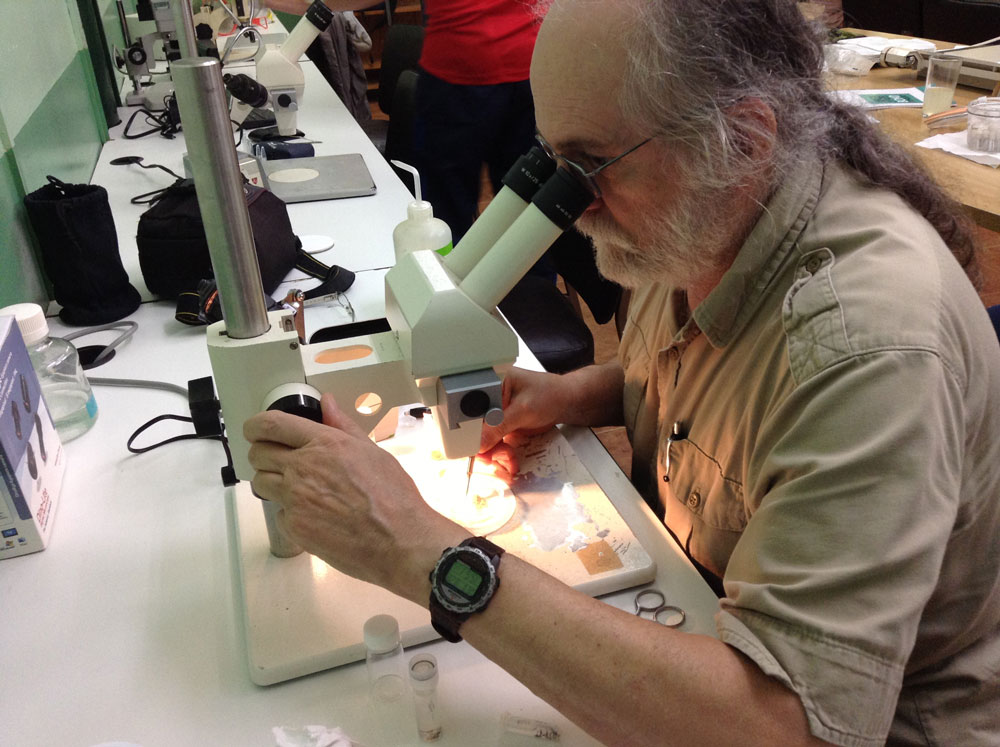
 All oral presentations were held in the Rozanski Hall at the University of Guelph. Photo Torbjørn Ekrem (CC-BY).
All oral presentations were held in the Rozanski Hall at the University of Guelph. Photo Torbjørn Ekrem (CC-BY). The University of Guelph gryphon bids #mydnabarcode farewell. Photo Torbjørn Ekrem (CC-BY).
The University of Guelph gryphon bids #mydnabarcode farewell. Photo Torbjørn Ekrem (CC-BY).
 English
English  Norwegian Bokmål
Norwegian Bokmål 






